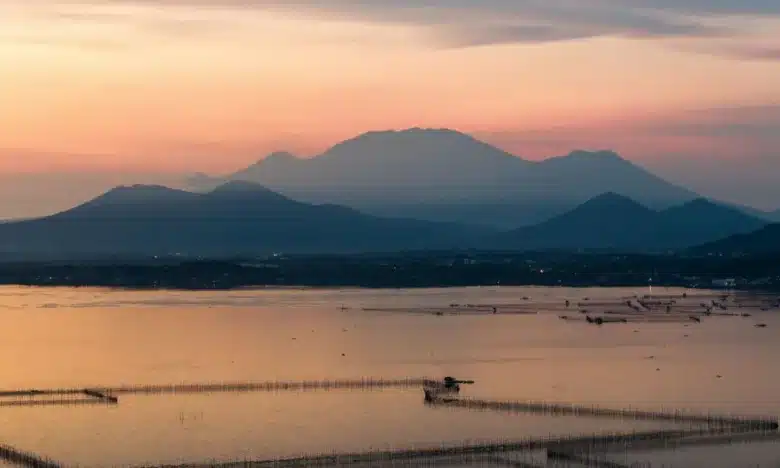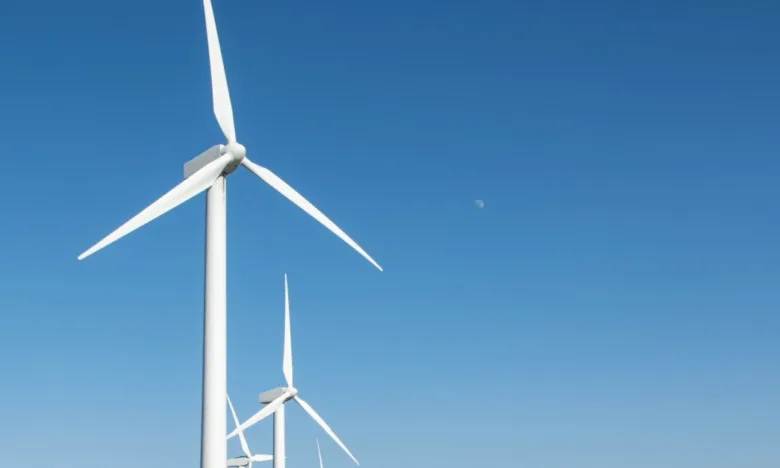
Is Our Power Grid Ready for Extreme Heat?
- March 21, 2025
The Philippine Atmospheric, Geophysical, and Astronomical Services Administration (PAGASA) recently announced that the dry season in 2025 is expected to be less intense than last year.
Despite this, high heat indices are still possible, reaching between 48°C and 50°C.
Several areas in the Philippines were predicted to reach dangerous heat index levels, including Coron and Puerto Princesa in Palawan, and Zamboanga City at 42°C.
With heat indices between 42°C and 51°C, risks include heat cramps, exhaustion, and possible heat stroke. PAGASA advised staying hydrated and avoiding direct sun exposure.
(Also read: DOE Says Summer Power Demand to Exceed 2024 Levels)
Energy supply at risk
Aside from health risks, the hot and dry season threatens energy supply.
Department of Energy (DOE) Secretary Raphael Lotilla warned that energy demand spikes during the summer due to increased use of cooling appliances. “Without mindful consumption, this surge could strain the power grid, potentially leading to supply challenges and price fluctuations in the spot market,” he added.
In his article, Minimal Government Thinkers President Bienvenido S. Oplas Jr. stated that from April 16 to 18, the Luzon and Visayas grids faced consecutive yellow and red alerts. The main causes were soaring electricity demand due to extreme heat, along with power shortages from unexpected plant shutdowns and reduced output from hydro plants.
The National Grid Corporation of the Philippines (NGCP) reported a peak demand of 11,829 megawatts (MW) against an available capacity of 12,488 MW. However, 3,362.3 MW was lost due to 12 plant outages, while 16 others operated at reduced capacity.
Energy Regulatory Commission (ERC) Chair Monalisa Dimalanta stressed the need for a stable power supply to meet consumer and grid requirements. “We have directed power plant operators to submit to the Commission their estimated timelines for the resumption of their operations, and we will continue to monitor their timely compliance,” she declared.
Meanwhile, the Philippine Independent Power Producers Association, Inc. (PIPPA) said its members aim to fix power plant outages immediately. “We comply with the no-planned-maintenance rule during the summer months,” stated PIPPA President Anne E. Montelibano. “Our members are working hard to resolve the issues and to bring those plants back to operation in the soonest possible time.”
DOE predicts peak power demand this year will reach 14,769 MW in Luzon, 3,111 MW in the Visayas, and 2,789 MW in Mindanao. Because of this, the agency encouraged the public to use energy wisely as temperatures climb during the dry season.
A yellow or red alert on the transmission grid may cause power interruptions or rotational brownouts. A yellow alert means the operating margin is too low to cover contingencies, while a red alert indicates a power supply shortage that cannot meet consumer demand or grid requirements.
Lotilla acknowledged that the low energy supply was responsible for the alerts. He expressed his gratitude to consumers and stakeholders “for their cooperation in avoiding power interruptions despite the red and yellow alerts that were declared (due) to thin reserves.”
He also urged electric cooperatives and distribution utilities to boost supply.
Senator Win Gatchalian urged the DOE and the ERC to ensure power companies stick to maintenance schedules to avoid summer blackouts. He warned that unexpected shutdowns could strain supply.
“It is critical that generation companies strictly follow maintenance schedules to ensure the reliability of the power supply and prevent costly downtimes,” he said.
(Also read: How Effective Are Electric Cooperatives?)
Nuclear energy: a practical option
As the country expands renewable energy, Oplas warns of its intermittency, citing Germany as an example. His research indicates that Germany’s heavy reliance on wind and solar, particularly solar power’s low capacity of 1.5%, has slowed growth and harmed energy-intensive industries.
On the other hand, nuclear energy’s high density, reliability, and low fuel costs support strong economic growth, as seen in China, South Korea, India, and Pakistan.
He added that the U.S. remains the top nuclear producer at 96,952 MW, while China is gaining momentum with 33,165 MW under construction and 38,710 MW planned. Germany, once generating 171 terawatt-hours (TWh) in 2001, reduced nuclear output to 34.7 TWh in 2022 and 6.7 TWh in 2023 as it shifted to wind and solar energy.
In the Philippines, the DOE enlisted the Organization for Economic Co-operation and Development – Nuclear Energy Agency (OECD-NEA) to support its nuclear energy plans. The government aims to add 1,200 MW of nuclear power to the energy mix by 2032.
Lotilla stated that government efforts have centered on establishing a solid legal and regulatory foundation for nuclear energy. “We have made significant progress in submitting all necessary requirements for the ratification of existing nuclear energy-related agreements, paving the way for a safe, sustainable, and responsible nuclear energy program that will secure our nation’s energy future,” he shared.
According to Oplas, the decision not to commission the Westinghouse-built Bataan Nuclear Power Plant (BNPP) in 1986 “was one of the single biggest mistakes of the Cory Aquino administration.” Had it operated at an 85% capacity factor, Oplas said it could have produced 4.6 TWh annually—surpassing the 3.8 TWh generated by wind and solar in 2023.
With national GDP growth projected to accelerate in 2025, possibly surpassing the 5.6% recorded last year, a reliable power supply will be crucial to achieving this growth.
“As a developing country aspiring to industrialize and have sustained growth, we should focus on high-growth targets, not high-renewables targets,” Oplas wrote. “All our efforts to attract foreign and domestic investments (FDIs) will be endangered if investors see the dangers of regular yellow and red alerts.”
Sources:
https://www.gmanetwork.com/news/scitech/weather/939699/heat-index-in-3-areas-to-reach-danger-level-on-march-19-2025/story/
https://newsinfo.inquirer.net/2042504/less-intense-dry-season-expected-this-2025-pagasa
https://www.bworldonline.com/economy/2025/03/06/657813/ipps-promise-swift-resolution-to-outages
https://www.pna.gov.ph/articles/1244967
https://tribune.net.ph/2025/03/14/doe-erc-urged-to-ensure-reliable-power-supply-ahead-of-summer



